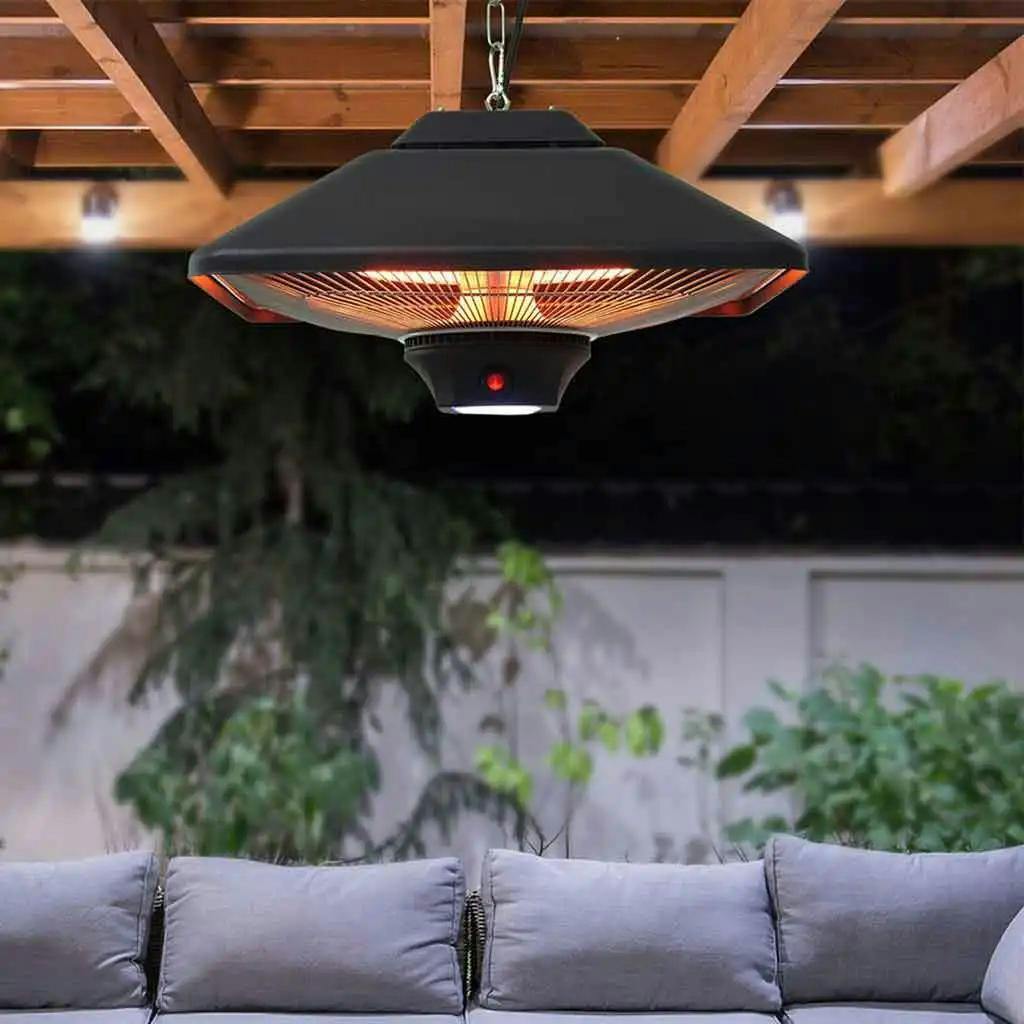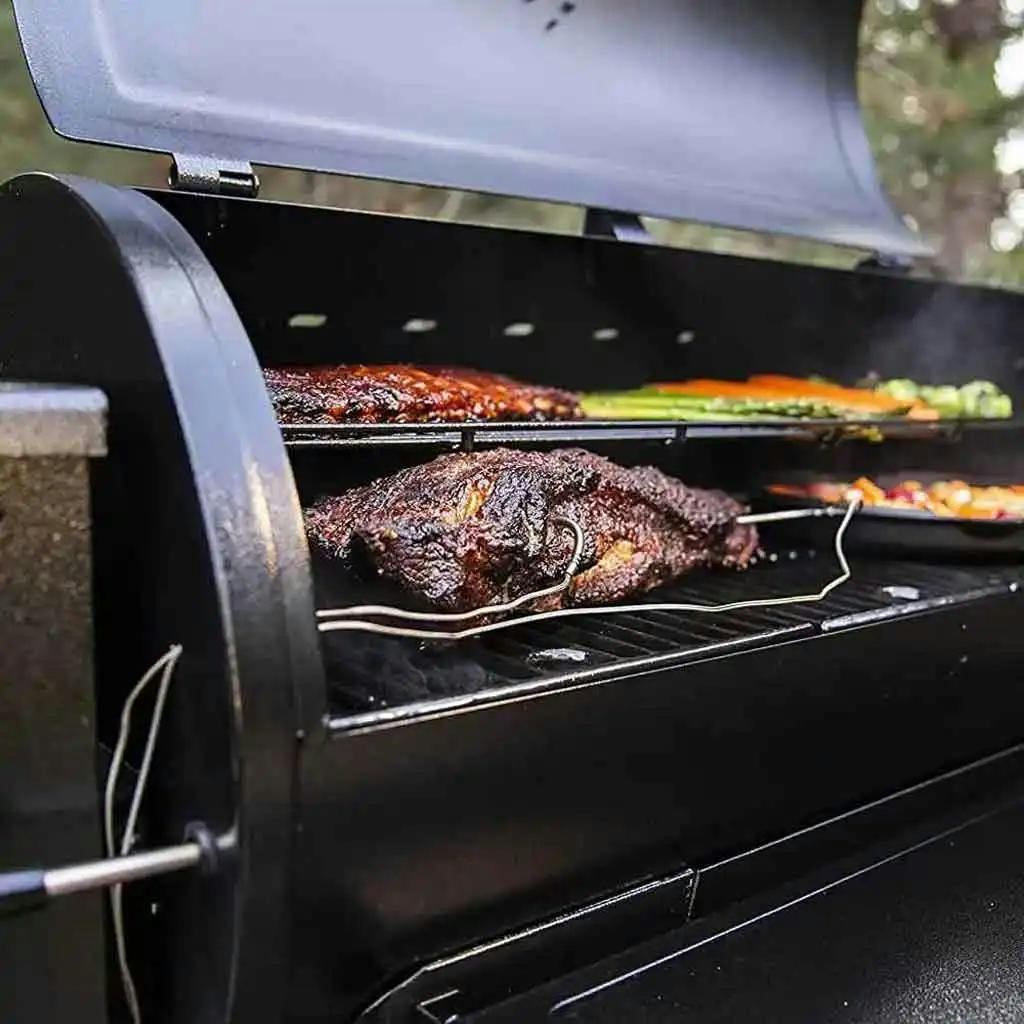Grilling ribs is a cherished culinary art, and the question of whether to flip them during the process is at the heart of this savory debate. Flipping ribs while grilling can significantly impact their taste, texture, and overall perfection. This seemingly simple technique carries a big influence on the final result, making it a critical skill for BBQ enthusiasts to master.
In the world of BBQ, achieving that perfect balance of tender, smoky, and flavorful ribs is the ultimate goal. Whether you're a seasoned pitmaster or a backyard grilling enthusiast, understanding the art of flipping ribson a grill can mean the difference between good and exceptional BBQ. So, let's dive into the sizzling world of rib flipping and discover how it can elevate your grilling game to new heights.
Part 1: Why Flipping Matters for Grilling Ribs on a Grill
When it comes to grilling ribs, the debate around whether or not to flip them is a hot topic. Flipping ribs isn't just a matter of tradition; it's a culinary technique that plays a crucial role in ensuring that your ribs turn out perfectly cooked and bursting with flavor. Here's why flipping matters:
1. Even Cooking: Flipping your ribs ensures even exposure to heat on both sides. It prevents one side from overcooking or getting charred while the other remains undercooked. This balance leads to ribs that are consistently juicy and tender throughout.
2. Flavor Development: Flipping isn't just about preventing burning; it's also about flavor. When you flip ribs, you allow the juices that have collected on one side to redistribute and infuse the meat, enhancing its overall taste and succulence.
3. Bark Formation: The "bark," that deliciously caramelized crust on the surface of well-cooked ribs, is a product of consistent flipping. Each time you flip, you're effectively crisping up the outer layer while maintaining a moist interior, resulting in that coveted texture and flavor.
Common Misconceptions for Flipping Ribs on the Grill
"Never Flip Ribs" Myth
Some believe that ribs should only be cooked on one side to preserve their juices. However, this can lead to uneven cooking, leaving one side tough and another too soft. Flipping helps balance the cooking process.
"Constant Flipping" Myth
Conversely, others may think that frequently flipping ribs on a grill is the key. This can actually be counterproductive, as it can lead to temperature fluctuations and disrupt the formation of a good bark. The key is to flip strategically, not constantly.
"Ribs Must Never Touch" Myth
Some grillers meticulously ensure that ribs never overlap on the grill. While spacing them out allows for more even cooking, slight contact between ribs is fine and won't ruin the result.
Part 2: The Great Debate: To Flip or Not to Flip for Grilling Ribs
The choice for flipping ribs on a grill depends on personal preference and the specific grill setup. Experimentation is key to finding the method that yields the desired texture and flavor for your ribs. Remember to monitor the grill temperature, which you can use a meat thermometer to ensure perfectly cooked ribs.
Direct Grilling: Some argue that ribs should be flipped frequently when using the direct grilling method. This involves cooking the ribs directly over the heat source. Flipping every 5-10 minutes helps prevent burning and ensures even cooking.
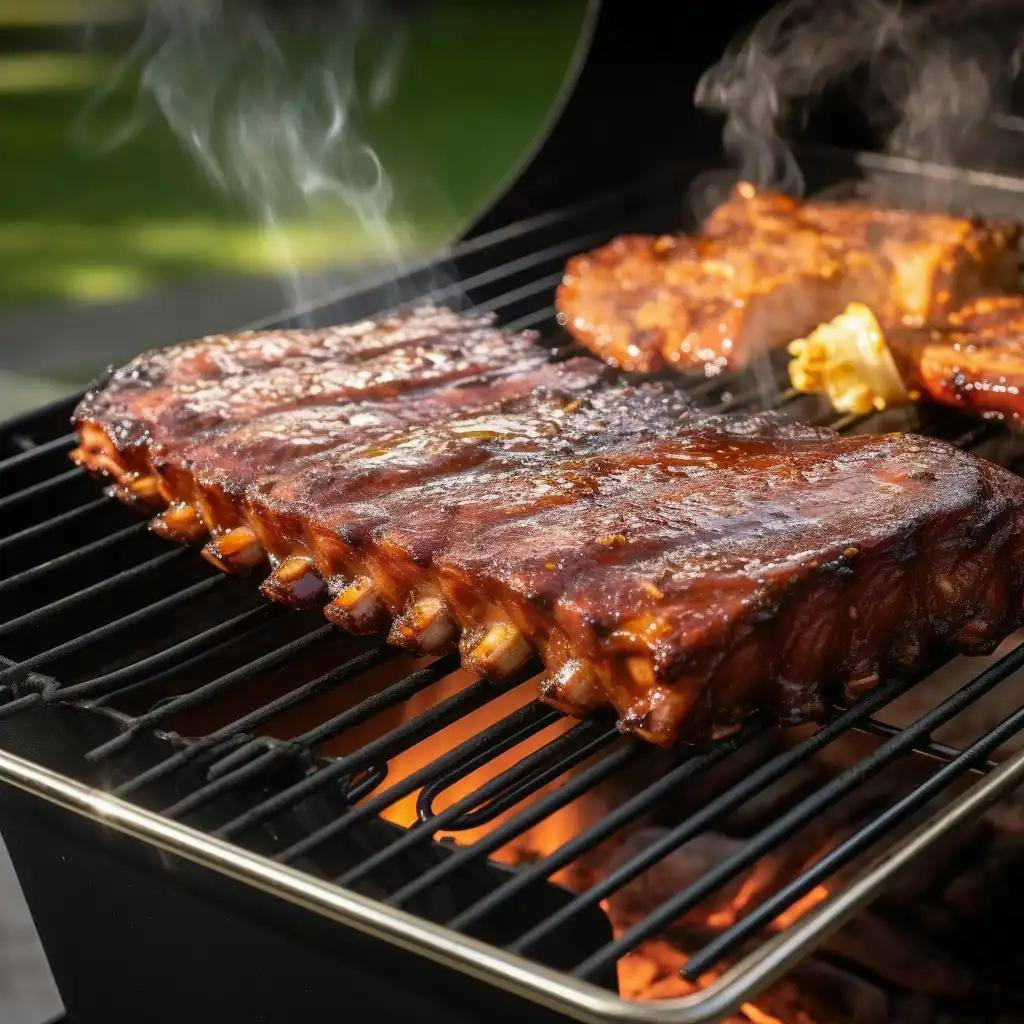
Indirect Grilling: Others advocate for minimal flipping or no flipping at all when using the indirect grilling method. Here, the ribs are cooked beside the heat source with the grill lid closed. Flipping is less frequent to maintain a steady cooking environment.
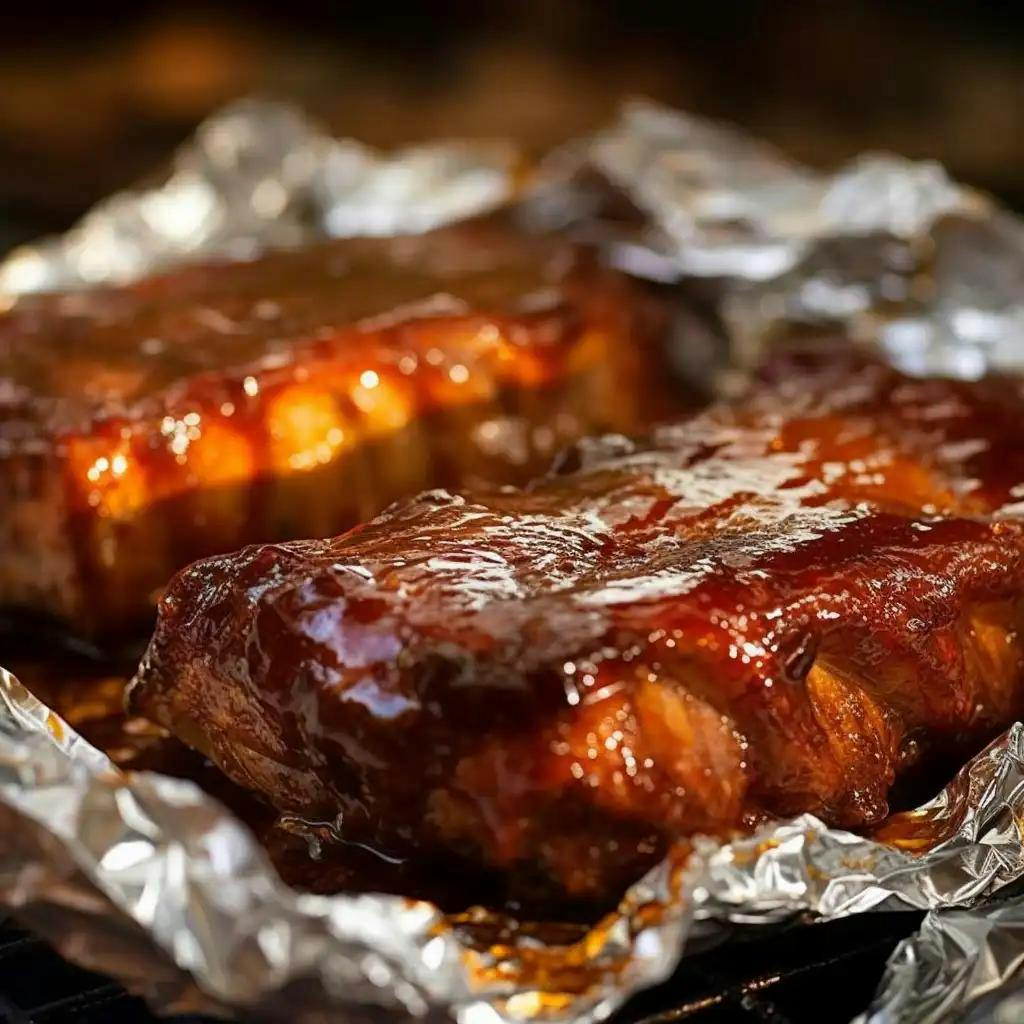
Part 3: When to Flip Ribs for Perfect Grilling
If you still do not have ideas about when to flip ribs for perfect grilling, here is the step-by-step instructions on when and how to flip ribs for optimal results. Just adjust your flipping frequency to achieve the desired level of caramelization and flavor.
Step 1: Preheat and Prepare: Preheat your grill to the desired temperature, usually around 350°F (175°C) for medium heat. Clean and oil the grates to prevent sticking.
Step 2: Season Your Ribs: Season your ribs with your favorite dry rub or marinade. Let them sit at room temperature for about 15-30 minutes before grilling.
Step 3: Initial Placement: Place the ribs on the grill, bone side down, using the indirect grilling method. This means they are not directly over the heat source and make sure the grill lid is closed.
Step 4: Wait for the First Flip: Allow the ribs to cook undisturbed for the first 30-45 minutes. This initial cooking phase infuses smoky flavor. No flipping is needed during this stage.
Step 5: Check for Browning: After the initial phase, check for browning on the meat side. Once you see a beautiful caramelization and grill marks, it's time to flip.
Step 6: The First Flip: Gently flip the ribs using tongs. Now, the meat side faces down. Close the lid and continue cooking.
Step 7: Subsequent Flips (Optional): Depending on your preference, you can flip the ribs every 15-30 minutes if you like more even browning. However, some grillers prefer to flip only once.
Step 8: Use a Meat Thermometer: To ensure doneness, use a meat thermometer. Pork ribs are typically done when they reach an internal temperature of 190-203°F (88-95°C).
Step 9: Searing (Optional): If you desire a crispy crust, sear the ribs over direct heat for a few minutes on each side at the end of the grilling time.
Step 10: Rest and Enjoy: Remove the ribs from the grill, let them rest for a few minutes, then slice and savor your perfectly grilled ribs.
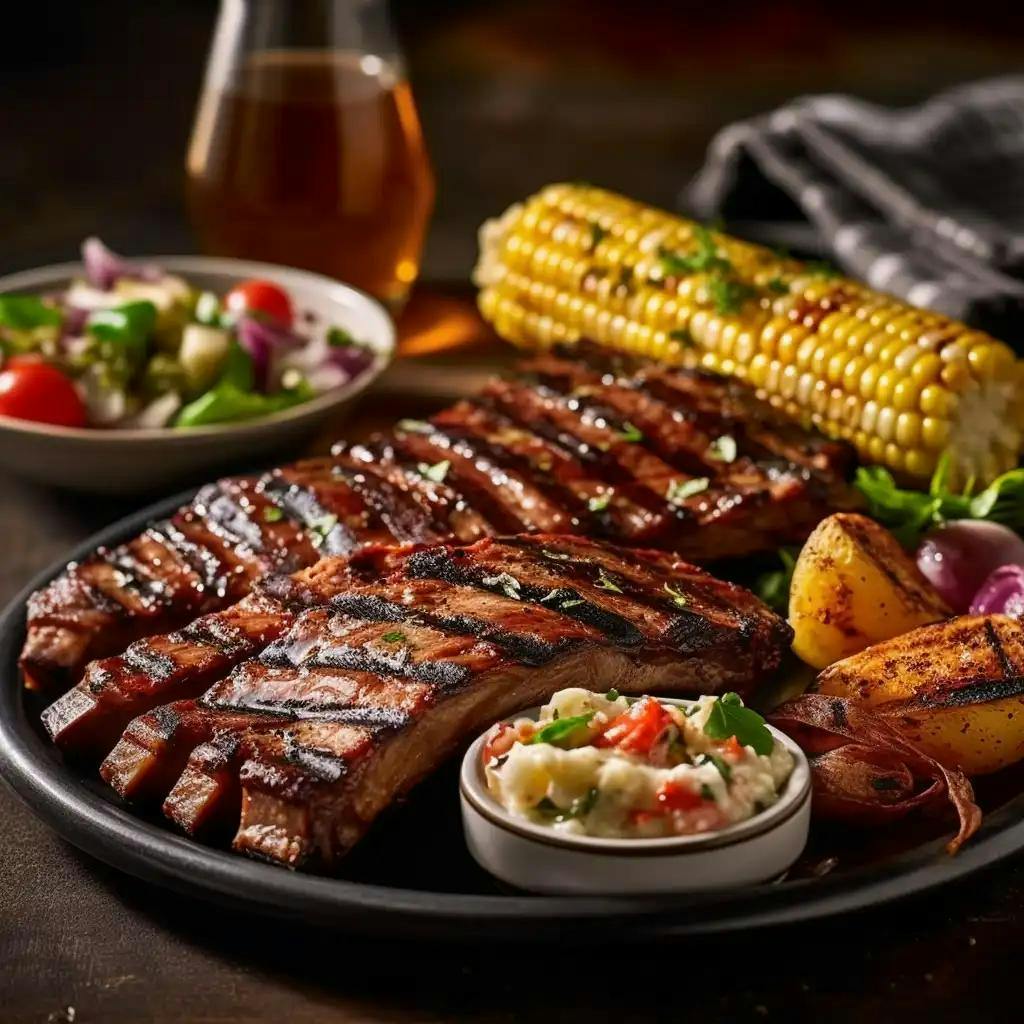
Conclusion
Flipping ribs during grilling isn't just about cooking; it's an art form that can elevate your BBQ game. It ensures even cooking, beautiful sear marks, and that irresistible smoky flavor. Don't be afraid to flip! With the right timing and technique, you'll create ribs that are tender, juicy, and packed with taste. Embrace this grilling skill, experiment with your flavors, and become the pitmaster of your backyard. So, go ahead, flip those ribs with confidence, and embark on a BBQ adventure that will leave everyone craving for more.
FAQs
How can I tell if my ribs are done after flipping?
Use a meat thermometer. Pork ribs are safe to eat at 145°F (63°C), but for tender ribs, aim for 190-203°F (88-95°C).
Do different rib cuts require different flipping times?
Yes, baby back ribs may need less time than spare or St. Louis ribs. Adjust your flipping accordingly.
Can I marinate ribs before flipping them on the grill?
Marinating is great for adding flavor, but don't apply sugary marinades too early as they can burn.
About Jon Champaigne
Jon Champaigne is a seasoned grillmaster and passionate food enthusiast. With over a decade of experience in the world of BBQ and grilling, Jon loves sharing knowledge is evident in his detailed step-by-step guides and insightful tips. Whether you're a novice or an experienced grill enthusiast, Jon's articles offer a wealth of information that empowers readers to create exceptional meals.

![Master the Art of Lighting Patio Heaters Manually [2023 Guide]](/_next/image?url=https%3A%2F%2Fcdn.sanity.io%2Fimages%2F8ngmz6db%2Fproduction%2F74752d01c9dddeee7530856cb05237f6169be0c9-1024x1024.webp%3Fw%3D1024%26auto%3Dformat&w=3840&q=75)
